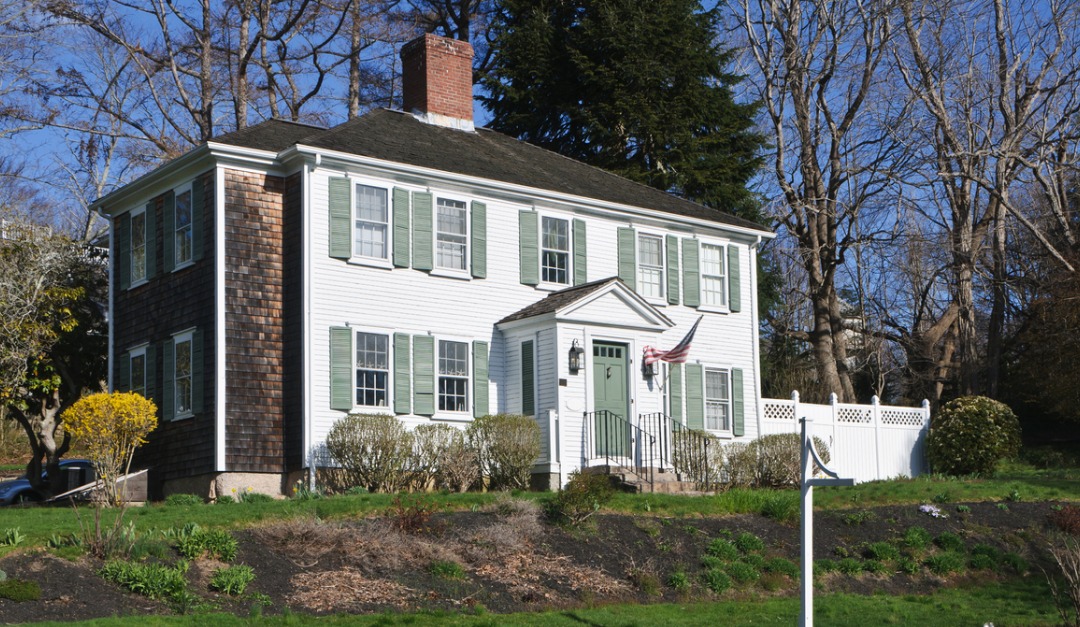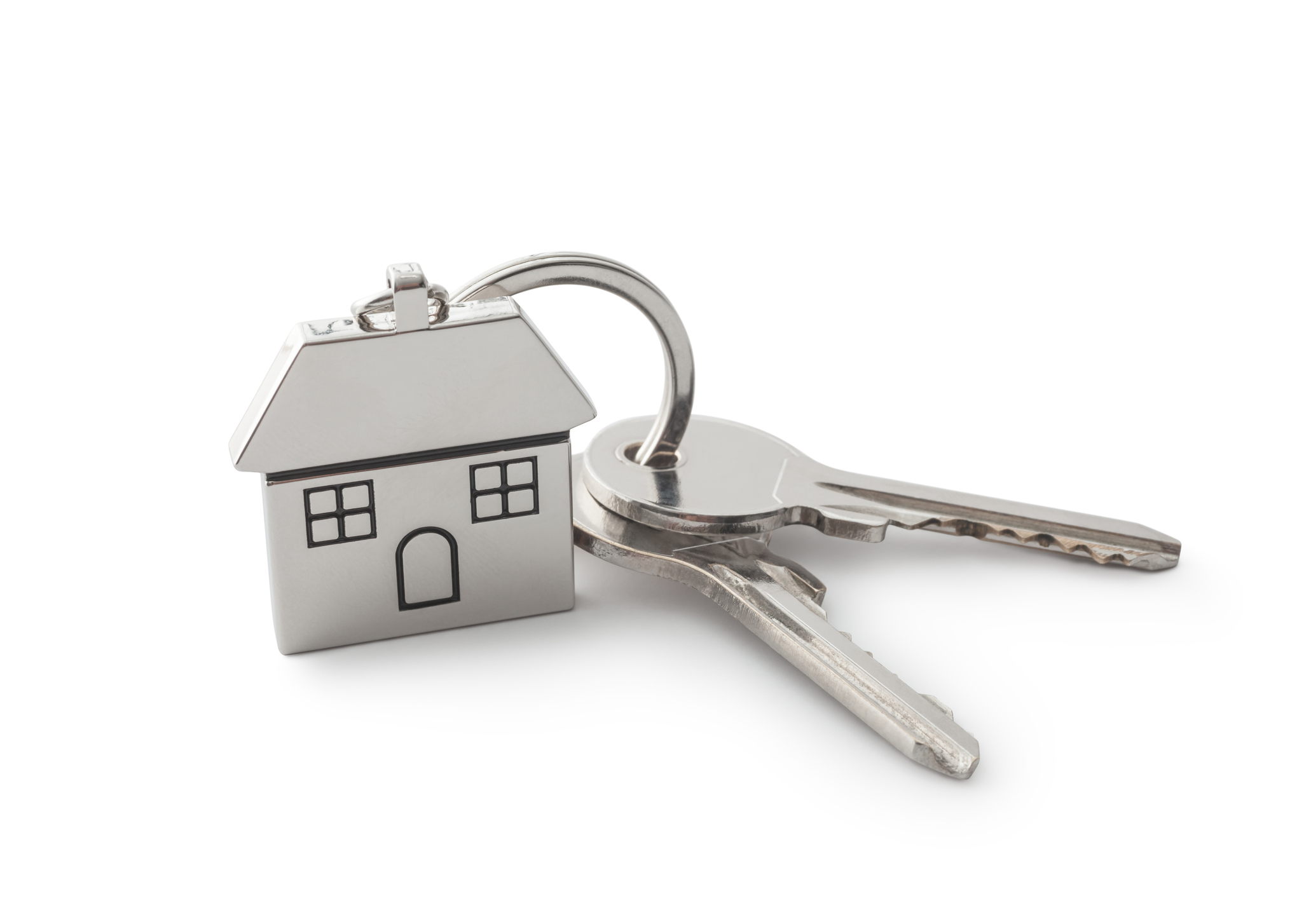
5 Considerations Before Buying an Older Home
There are many benefits to purchasing an older home—you will get character and could pay a lower price upfront. You may even see potential to renovate an older home into the modern, beautiful home of your dreams.
Before you put a down payment on an older home, however, there are some specific things you should look for during the inspection process:
Check for Electrical Issues
Older structures may boast walls filled with history, but they also tend to have ancient wiring and electrical panels. The electrical systems in older homes weren’t designed to keep up with the amount of electricity typical homeowners consume today. Be sure that everything is up to code, and don’t just assume that the previous owners updated things the way they were supposed to.
Ask the Age of the Roof
Roofs need to be replaced every 10 to 20 years, depending on the quality of the materials used and the workmanship. Find out when the roof was last replaced and exactly how it was done—some homeowners try to save money by adding new shingles on top of the old roof, which is not the best way to replace an entire roof. You’ll also want to survey the roof for any issues that may need repair. Are there loose shingles or leaks that will need to be addressed immediately?
Pay Attention to the Foundation
The entire house sits on the foundation, so it’s important to address any issues head-on to keep the property safe and livable. Older homes may have foundations that have become cracked, uneven or sunken over time. These kinds of issues are among the costliest to repair and aren’t always fixable in extreme cases.
Test for Lead Paint
Always ask to test for lead paint in older homes. Exposure to lead can cause a long list of negative health effects and is particularly dangerous to children and pregnant women. Lead paint was banned in the U.S. in 1978, so if the home was built before then, there’s a higher chance that lead paint was used.
Evaluate the Plumbing
Did the homeowners replace the original plumbing or keep up on maintenance? Older plumbing materials could mean potential issues. For example, in the 1950s, plumbing was often built using clay lines, which tend to corrode and crack. Make sure the plumbing is in good shape, or risk expensive fixes.
Purchasing an older home can be an exciting and enticing opportunity, but it’s important to understand exactly what you’re buying. Make sure to have the home inspected by an inspector who has experience with older houses. Carefully review all the facts and consider any hidden costs when purchasing an older home. Constantly spending money on repairs can easily cost you more money than the purchase price of a newer home in the long run.
Source: Brentnie Daggett/RISMedia’s Housecall

